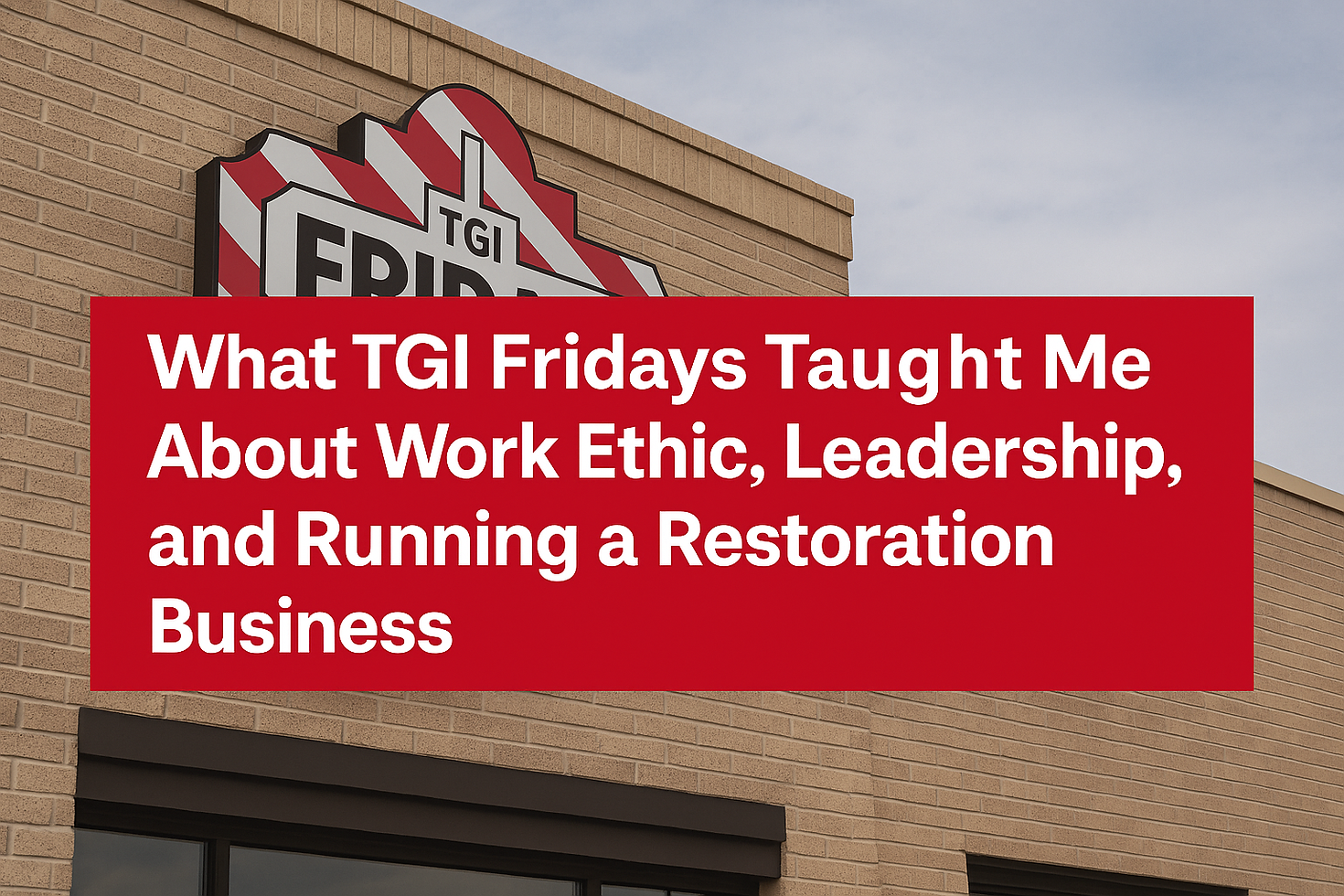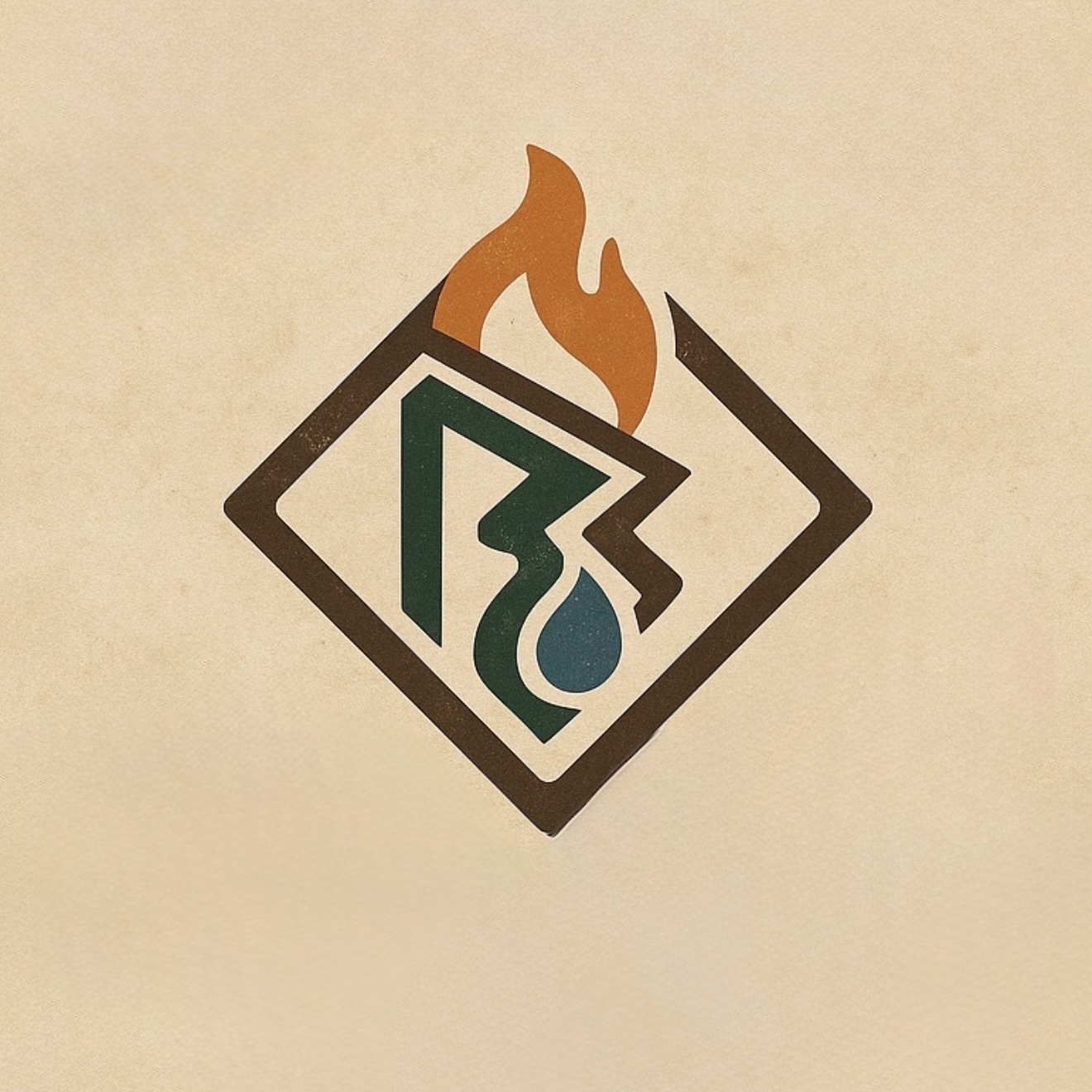
The Lessons From TGI Fridays That Still Shape Me Today
- Patrick Workman
- Aug 5
- 2 min read
If you had told 18-year-old me that some of the biggest lessons I’d carry for life would come from working at TGI Fridays, I wouldn’t have believed you.
But those late-teen years—packed with long shifts, good people, and surprisingly solid training—left a bigger mark on me than I realized. Four simple concepts from Fridays in 2007 still shape how I work, lead, and even live today: The Cloak Theory, The Beach Ball, The Problem Tree, and L.A.S.T.
The Cloak Theory: Show Up Anyway
This one was all about professionalism. When you put on “the cloak,” you left your personal stuff at the door and stepped into your role fully. It taught me that discipline isn’t about waiting to feel ready—it’s about showing up no matter what.
The Beach Ball: See Other Angles
The Beach Ball taught perspective. From your side, you see red. Someone else sees blue. Neither of you is wrong—you’re just standing in different spots. To this day, I try to “walk around the ball” before reacting.
The Problem Tree: Fix the Roots
Don’t just chop at branches (the surface problems). Find the roots. Back then, it meant looking deeper than “slow service” to see if the real issue was a broken printer. Today, it’s the same approach—solve the root cause and the whole “tree” gets healthier.
L.A.S.T.: Listen, Apologize, Solve, Thank
L.A.S.T. was Fridays’ way of handling upset guests—and it’s brilliant anywhere. Listen fully, Apologize sincerely, Solve the issue, and Thank them for the chance to make it right. Those four steps taught me how to turn problems into opportunities and keep relationships intact, in work and in life.
Why It Still Matters
These weren’t just restaurant tricks—they were life lessons, made real by the incredible people I worked with. Your late teens are defining years, and mine were shaped by this mix of practical wisdom and great humans.
I still carry these lessons, and I plan to pass them on to my team—because sometimes, the best training doesn’t come from a classroom. It comes from real people, in real moments, that stick with you forever.
.png)




Commenti